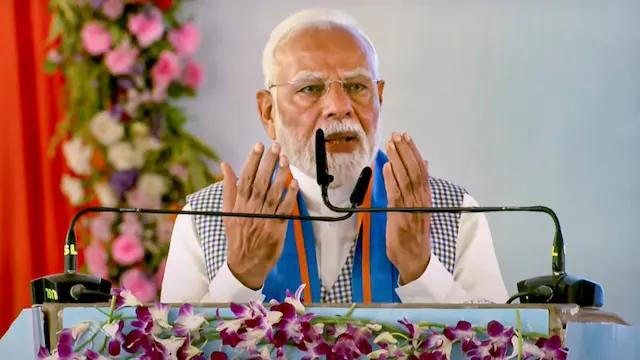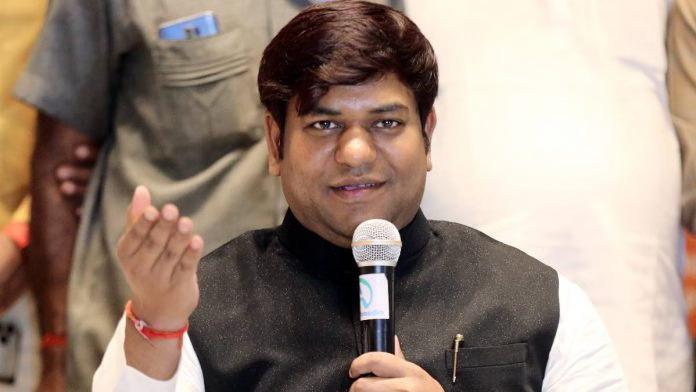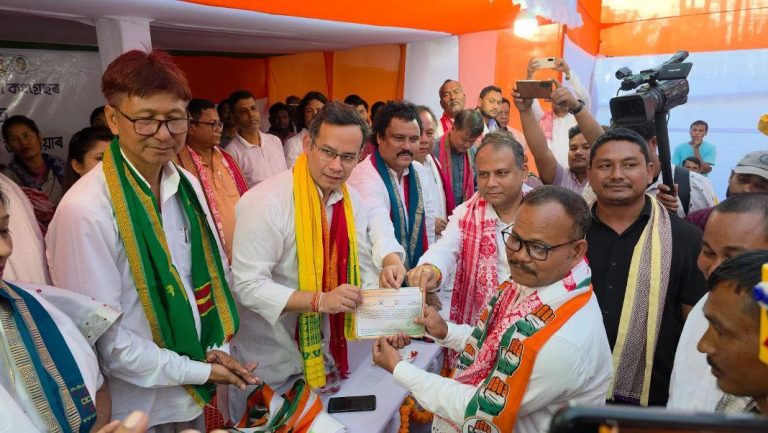
Who was Rajendra Chola, whose birth anniversary celebrations will be attended by PM Modi in TN
The birth anniversary celebrations of Rajendra Chola I, the 11th-century ruler of the Chola dynasty, is all set to be attended by Prime Minister Narendra Modi in Tamil Nadu’s Gangaikonda Cholapuram. This historic occasion is a testament to the enduring legacy of Rajendra Chola I, who played a pivotal role in shaping the course of southern Indian history. In this blog post, we will delve into the life and achievements of Rajendra Chola I, exploring his significance in medieval Indian history.
Rajendra Chola I was the greatest ruler of the Chola dynasty, which was one of the most powerful Tamil kingdoms in medieval southern India. Born in the 11th century, Rajendra Chola I ascended to the throne in 1014 CE and ruled the kingdom for nearly three decades. During his reign, he extended the Chola empire’s reach far beyond India’s borders, conquering territories in present-day Sri Lanka, Malaysia, and Southeast Asia.
Under Rajendra Chola I’s leadership, the Chola empire became a major naval power, with a strong fleet of ships patrolling the Indian Ocean. He also established a network of trade routes with foreign countries, including China and Southeast Asia, which helped to promote cultural and economic exchange between India and the rest of the world.
One of Rajendra Chola I’s most notable achievements was the conquest of Sri Lanka, which was then a powerful kingdom in its own right. In 1017 CE, Rajendra Chola I launched a military campaign against Sri Lanka, capturing its capital, Polonnaruwa, and defeating its king, Mahinda V. This victory marked the beginning of Chola dominance in Sri Lanka, which lasted for over a century.
Rajendra Chola I’s military campaigns also extended to Southeast Asia, where he conquered territories in present-day Malaysia and Indonesia. In 1025 CE, he launched a naval expedition to Indonesia, where he defeated the ruler of the Srivijaya empire, a powerful kingdom that controlled much of the region. This victory gave the Chola empire a significant presence in Southeast Asia, which helped to establish trade and cultural ties with the region.
Rajendra Chola I was not only a great military leader but also a patron of the arts and architecture. During his reign, the Chola empire experienced a golden age of cultural and artistic expression, with the construction of numerous temples, inscriptions, and sculptures. The famous Brihadeeswarar Temple in Thanjavur, one of the most beautiful and impressive temples in India, was built during his reign.
Despite his many achievements, Rajendra Chola I was also known for his patronage of education and learning. He established several centers of learning, including the famous Tanjore Saraswati Mahal Library, which was a major repository of knowledge and learning. He also encouraged the study of Sanskrit, Tamil, and other languages, which helped to promote cultural and intellectual exchange between India and other parts of the world.
Rajendra Chola I’s legacy has had a lasting impact on Indian history and culture. His military campaigns and diplomatic efforts helped to establish the Chola empire as a major power in medieval India, while his patronage of the arts and education helped to promote cultural and intellectual exchange between India and other parts of the world.
The birth anniversary celebrations of Rajendra Chola I, which will be attended by Prime Minister Narendra Modi, are a testament to the enduring legacy of this great ruler. As we commemorate his life and achievements, we are reminded of the importance of cultural and intellectual exchange, as well as the need to promote education and learning.






